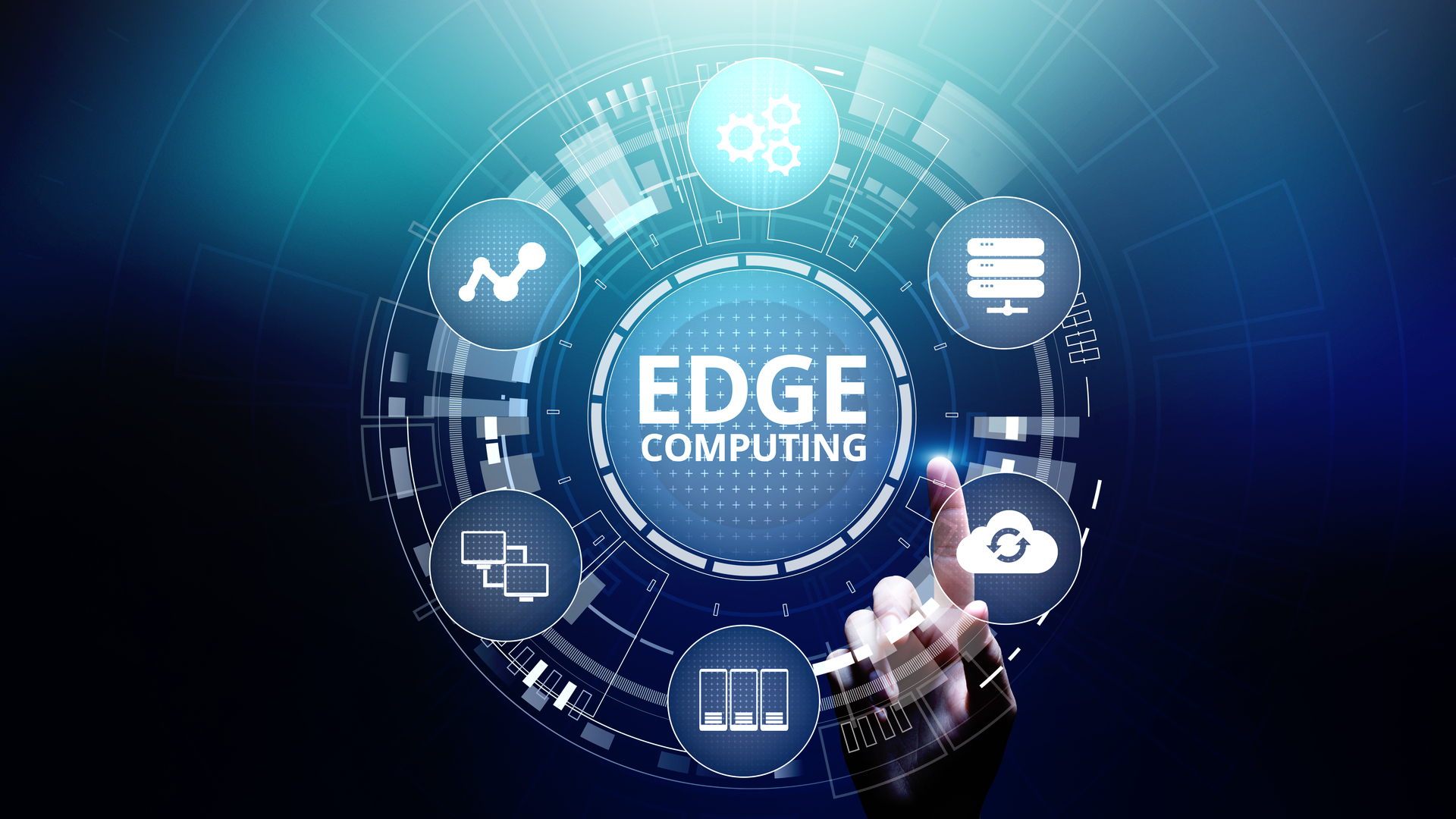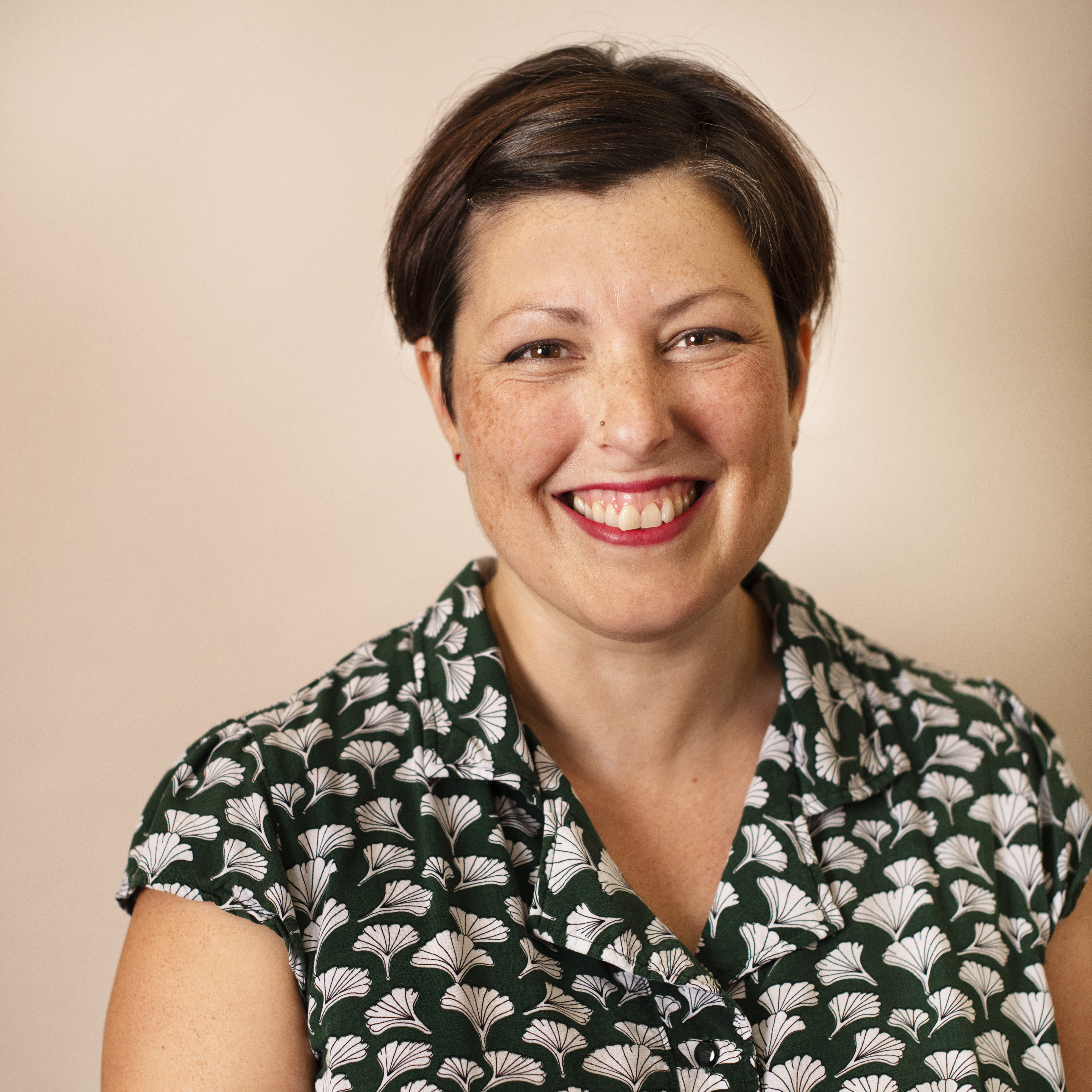Living on the edge: How can the channel take advantage of the latest tech trend
Schneider Electric says mega trend is “a rare opportunity” for channel; expands partner types


Schneider Electric is urging the channel to embrace opportunities around edge computing.
The company kicked off its ‘Life at the Edge’ event in Boston this week by quoting Gartner figures that state that by 2025, 75% of enterprise data is expected to be created and processed at the edge.
Put simply, an edge IT environment can be defined as any physical computing facility outside of the traditional data centre environment.
“It’s one of these rare opportunities. Edge is going to be part of the business for at least the next five or 10 years,” said Dave Johnson, EVP of Schneider’s Secure Power division.
Highlighting two ‘mega trends’, Johnson said the world is becoming more powered, and more digital. An explosion in mobile devices, IoT-enabled platforms and IP traffic means “there is a big increase in demand for energy” – particularly away from non-traditional IT environments.
The data centre part of Schneider’s business, Secure Power, focuses on keeping customers’ critical systems and networks up and running while they are undertaking their digital transformations, whether in the data centre, an edge IT or non-IT environments. It segments these into Commercial, Industrial and Telco divisions.
Nick Ewing, managing director at UK Schneider partner, EfficiencyIT, says that the key is a hybrid approach.
ChannelPro Newsletter
Stay up to date with the latest Channel industry news and analysis with our twice-weekly newsletter
“Hybrid is a mix of different technologies, and that’s where people are going to go," said Ewing.
"You don’t need to have an on-premise CRM or accounting system when you’ve got Salesforce or Sage, but if you’ve got a massive data estate, you’re going to want it on-premise as you don’t want to suffer from latency, and the cost of removing your data from the cloud. It’s whatever suits you best.”
New opportunities for partners
“Our take on edge is very simple,” said Kevin Brown, SVP of innovation and CTO, Secure Power Division. “In the future there are going to be three types of data centre. One is the big centralised datacentre – Google, Microsoft, pick your favourite internet giant. There will continue to be regionalised datacentres, but the one that’s interesting is the ‘local edge’ – the first point that’s connected to the network.”
Brown went on to say that “edge will open up new business opportunities for the channel”. This includes evolving their businesses beyond supplying its data centre solutions, to provide managed services around the monitoring and management of edge environments.
In this way, the exec said, the channel can step into and solve the problems associated with deploying edge for customers, including poor resiliency, a lack of standardisation and integration, and many sites with limited IT staff.
“With edge, customers want us to simplify the deployment process, to enable IT in unmanned spaces, to take all the data being created to drive value, they’re asking us to help perpetuate security in our solutions,” Jamie Bourassa, VP edge computing at Schneider Electric, told Channel Pro.
For this, Schneider is pitching its cloud-based management tool, EcoStruxure IT for Partners, which it says can help partners tap into recurring service revenues by remotely managing datacentres, distributed IT and edge facilities for their customers.
“We know partners are changing their business models,” said Bourassa, who cites IDC figures that say profits from the resale of hardware have dropped from 24% in 2016 to just 7% in 2018.
Partners can perform asset management, energy cost management, capacity planning and simulation, change and workflow management and datacentre modelling.
The platform also allows partners to provide data analytics for their customers to provide deeper insights that to help them optimise usage of their datacentre equipment and extend the equipment lifecycle.
“We recognise the shift to services,” said Bourassa. “Managed services are the tip of iceberg, but it’s also becoming commoditised…Everyone has a managed service offering, so there’s a gross margin squeeze. The next wave is analytics – using all this data and unleashing further value.”
Expanding partner ecosystem
Brown described Schneider’s current channel model as “a different approach than what we’ve had in the past”, adding that it is “more open and flexible”.
Schneider has 150,000 partners worldwide, and while it won’t divulge how much of its business is indirect, Bourassa told Channel Pro the firm’s go-to-market philosophy involves customer choice in how they go to market and people who want to tap into the scope of the channel.
Schneider segments its channel into four groups:
- Traditional resale partners just sell licences, while the customer manages the IT environment themselves.
- ‘Assessment’ partners use the company’s cloud-based management tool, EcoStruxure IT Expert, to collect data and provide recommendations as to the customer’s next steps.
- ‘MSP in a Box’, who “aren’t necessarily an MSP” manage the customer’s IT environment using the EcoStruxture IT for Partners version of the software to monitor customer sites as a managed service.
- ‘MSP Light’ partners, meanwhile, manage completely outsourced customer environments.
Additionally, Schneider says it is working towards ‘Full MSP’ where partners use open APIs and permissions to provide a full managed service offer to their customers.
“It’s still on the roadmap and it’s something we’re driving very hard on. We’re going to make a set of APIs into the data centre. We have some integrations but for the first time in our history we’re embracing having a fully open API,” said Brown.
The company added a new Edge certification to its partner programme towards the end of last year, which includes online training, opportunity registration discounts, tools and configurators, as well as lead and demand generation programmes.
At the event, Schneider also showcased a new design portal, reference designs and quoting system for partners that Bourassa said “dramatically reduces the cost of configuring and deploying technology”.
Christine has been a tech journalist for over 20 years, 10 of which she spent exclusively covering the IT Channel. From 2006-2009 she worked as the editor of Channel Business, before moving on to ChannelPro where she was editor and, latterly, senior editor.
Since 2016, she has been a freelance writer, editor, and copywriter and continues to cover the channel in addition to broader IT themes. Additionally, she provides media training explaining what the channel is and why it’s important to businesses.
-
 Meta just revived plans to train AI models using European user data
Meta just revived plans to train AI models using European user dataNews Meta has confirmed plans to train AI models using European users’ public content and conversations with its Meta AI chatbot.
By Nicole Kobie
-
 AI is helping bad bots take over the internet
AI is helping bad bots take over the internetNews Automated bot traffic has surpassed human activity for the first time in a decade, according to Imperva
By Bobby Hellard